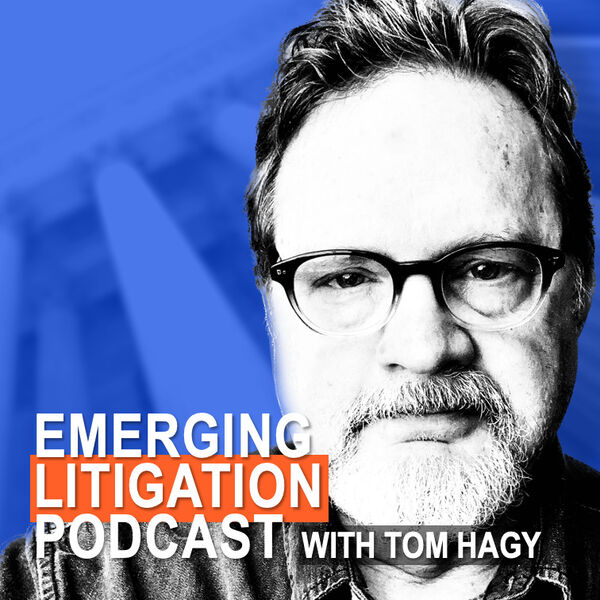
Noteworthy: European Parliament Fails to Ratify CSDDD
The EU-Corporate Sustainability Due Diligence Directive (CSDDD), which aimed to enhance corporate sustainability reporting and accountability, failed to achieve the required majority in the European Parliament on February 28th. This unexpected development marks a turning point in the EU’s regulatory push for sustainability disclosure, suggesting markets may have reached their limit after the CSRD and SFDR additions. Although the CSDDD’s ascension was expected, its failure provides a temporary reprieve for small and medium-sized companies facing increasing ESG data requests from larger corporations preparing for compliance. While portfolio companies can pause further expansions of supply chain reporting for now, maintaining existing capabilities is prudent in case the CSDDD regains life. Investors can also reorient efforts toward ESG initiatives more aligned with value creation. However, the strong momentum behind the CSDDD signals that enhanced sustainability reporting will likely remain a regulatory frontier.



